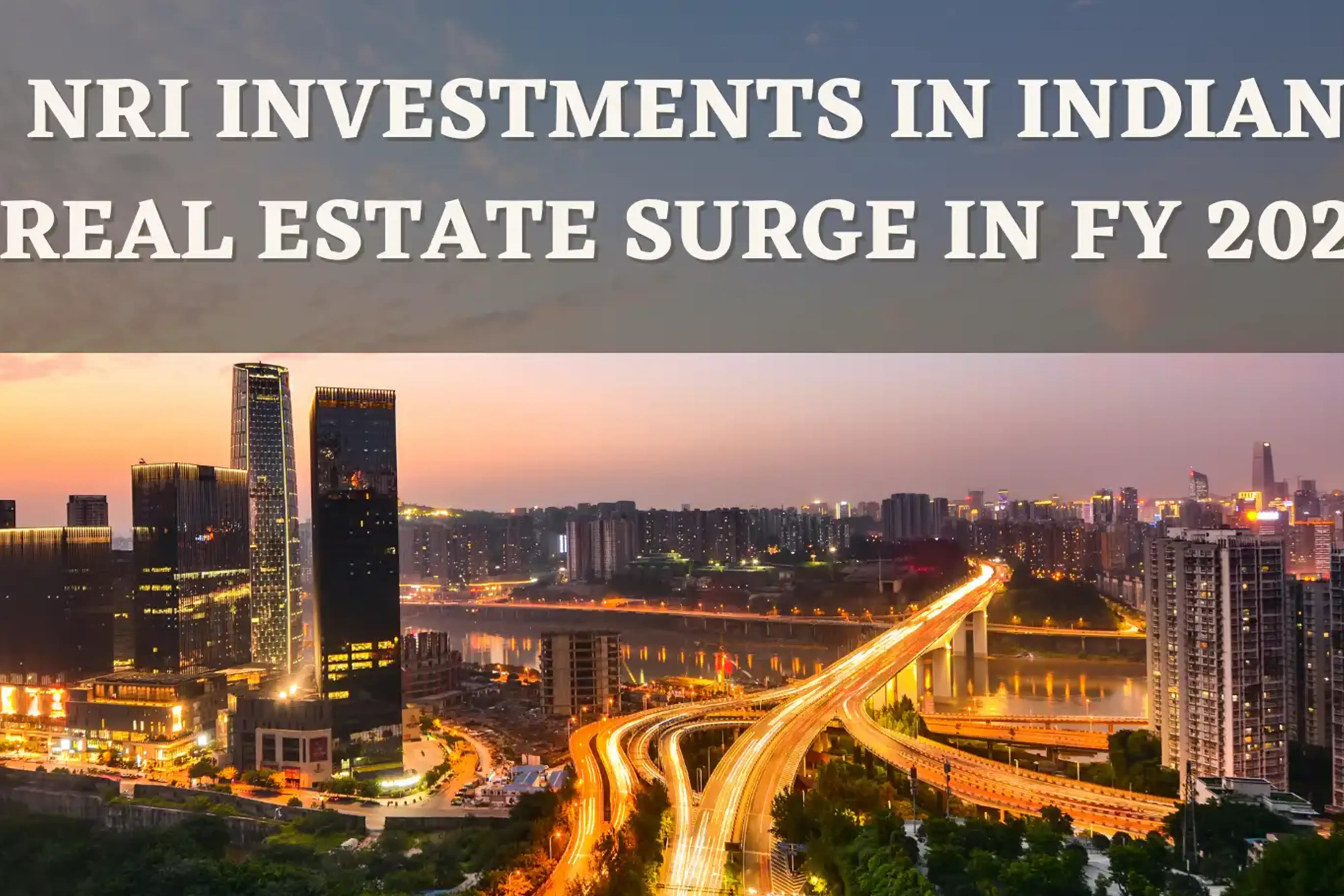The budget 2020 would be presented at the backdrop of a scenario of a slowing down economy with rising inflation. The economic growth in the current fiscal being at 5%, there are concerns over a premonition of a stagflation, which is a situation of rising prices with increasing unemployment. In the second quarter of the current fiscal when the growth slipped to 4.5%, the government promptly responded to check the deterioration of the growth rate by slashing the corporate tax rate to ease investment and overhaul the economy.
In such a situation, like all the sectors, real estate is also looking for ways to be more optimistic, hoping to grope for avenues of more investment and increase sales with a boost in demand. The reforms like RERA, GST were adopted in 2016 and 2017, but the impacts were fully there in 2017. Especially after demonetization, the sector was gasping for liquidity. In 2018, there were some improvements, and both demand and sales were seen to rise across the country, with housing sales rising by about 8% in the first three financial quarters of 2018 as compared to 2017.
Owing to this upward trend in 2018, there were more projects launched in 2018 and 2019, and across the nation, the unsold stock again loomed up as a big problem with projects stalled, due to be completed. The sector invariably needed more liquidity, and the government responded to the issue promptly, and a large sum as a bailout fund was allocated to the industry with restrictions to prohibit misuse of the funds.
The proponents of the realty sector argue that most of these projects for which the funds were allocated were at later stages of construction waiting for completion for which most of the money has already been invested. The policymakers propose that by completing these projects, not much of liquidity would be pumped into the sector, but at least it would ease the demand gap.
The economists say that investment should also be pumped in for the completion of the infrastructure projects already initiated, as that has a multiplier effect on the overall economy, growth, and boosts employment generation. While coming to residential and housing projects, the realtors opine that many projects are stalled due to regulatory hurdles and legal disputes. This is what makes the expert remark, that regulatory uncertainty retards the inflow of private investment and stands as a major cause for the non-availability of funds for infrastructure development and other projects.
The regulatory framework and legislation should be such that it facilitates private investment, which is as crucial as the cost of capital. In this context, the real estate industry’s demand for a single legal authority to adjudicate all the disputes is an urgent requirement for the sector, opine the experts. No wonder, this goes in tune with the long-standing demand of the real estate industry of a single-window clearance that the sector waits for, budget after budget. The government should invest a bit of thinking in these lines, which would not only facilitate in organizing the sector and protecting the consumer with rising sentiments but would boost demand and pump in liquidity.
The boosting of the banking and the NBFC sector done in 2019 has been a step welcomed by the realty sector along with the lowering of the repo rates by RBI. But the proponents argue, the benefits do not percolate to the end-user, and regulatory measures in finance are required for practically pumping in the capital to the right hands in need of liquidity. One more measure can be, bolstering the liquidity by raising the limit for affordable housing for facilitating tax exemption, as the affordable sector brings the lion’s share in the realty sector.
To further boost investment, National Infrastructure Pipeline (NIP) programme is certainly a step that would be welcomed and appreciated by the real estate sector. It targets to increase the total investment to an approximate tune of 2 to 2.5% of the Gross Domestic Product by proposing to invest Rs. 102 lakh crores in the infrastructure sector in a span of the next five years. NIP aims to obtain 39% of the funding from the states and 22% from the private sources.
The government needs to tweak the NIP programme for its fiscal goals as the state governments’ funds have taken a hit for low collection of GST, and the private sector has a low-risk appetite for the state of the economy. As far as the current situation suggests, the government has to bear this burden to ease private investments and state funding through budgetary measures. For this simple reason, fiscal support to speed up the infrastructure development of the nation is the need of the hour, points the experts than emphasizing on the NIP programmer which would have a deferred result on the economy at about 1.11% of GDP.
This essentially means investment on railways, roads, highways, and such other new infrastructural projects are a time-consuming process yielding delayed gains. The proponents point out that rather than rolling the investments on the newer projects, the time is ripe for investing in the awarded projects and its due completion, which would have a multidimensional effect on the economic development.
Similarly, the residential and the commercial sector of real estate is also plagued with too many disputes with numerous projects caught up in legalities and in the doldrums of various authorities, which is also a cause of the unsold stock with increasing non-performing assets. This is also an impending problem for the NBFCs and the financial institutions, where the government needs to intervene to speed up the completion of projects and facilitate the flow of liquidity.
Finally, with all expectations and hopes, the sector is quite optimistic about the budget which is going to be presented in just a few days’ time. The consumers and the different stakeholders of the sector have their own interests, but we have to see to what extent, the finance minister fulfills their hopes. Although the people of the country are not skeptical about the progressive views of the present government, with crossed fingers, the eyes are on the fact, to what extent their wishes would be fulfilled.


